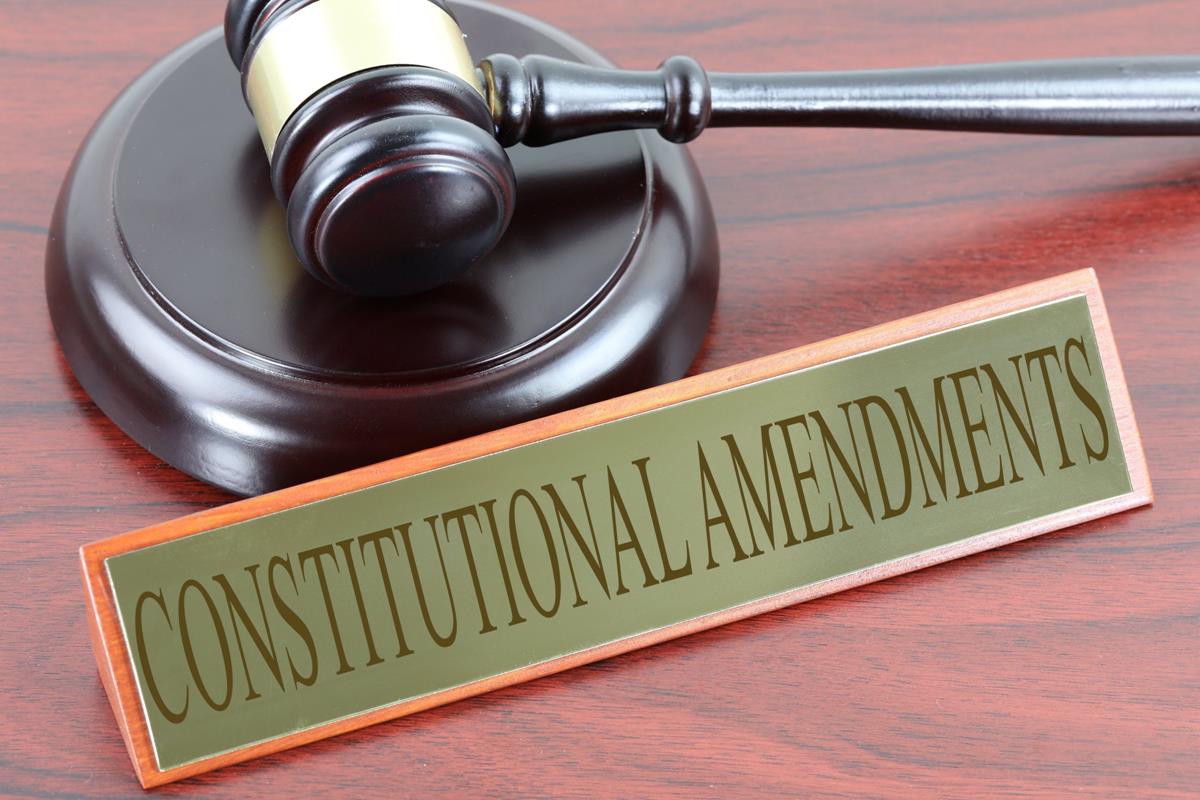Fifteenth Amendment Facts
The Fifteenth Amendment to the United States Constitution was ratified on February 3, 1870.
It gave all men the right to vote, regardless of race or skin color.
This amendment granted the right to vote to former slaves, but only if they were men. Women still could not vote.
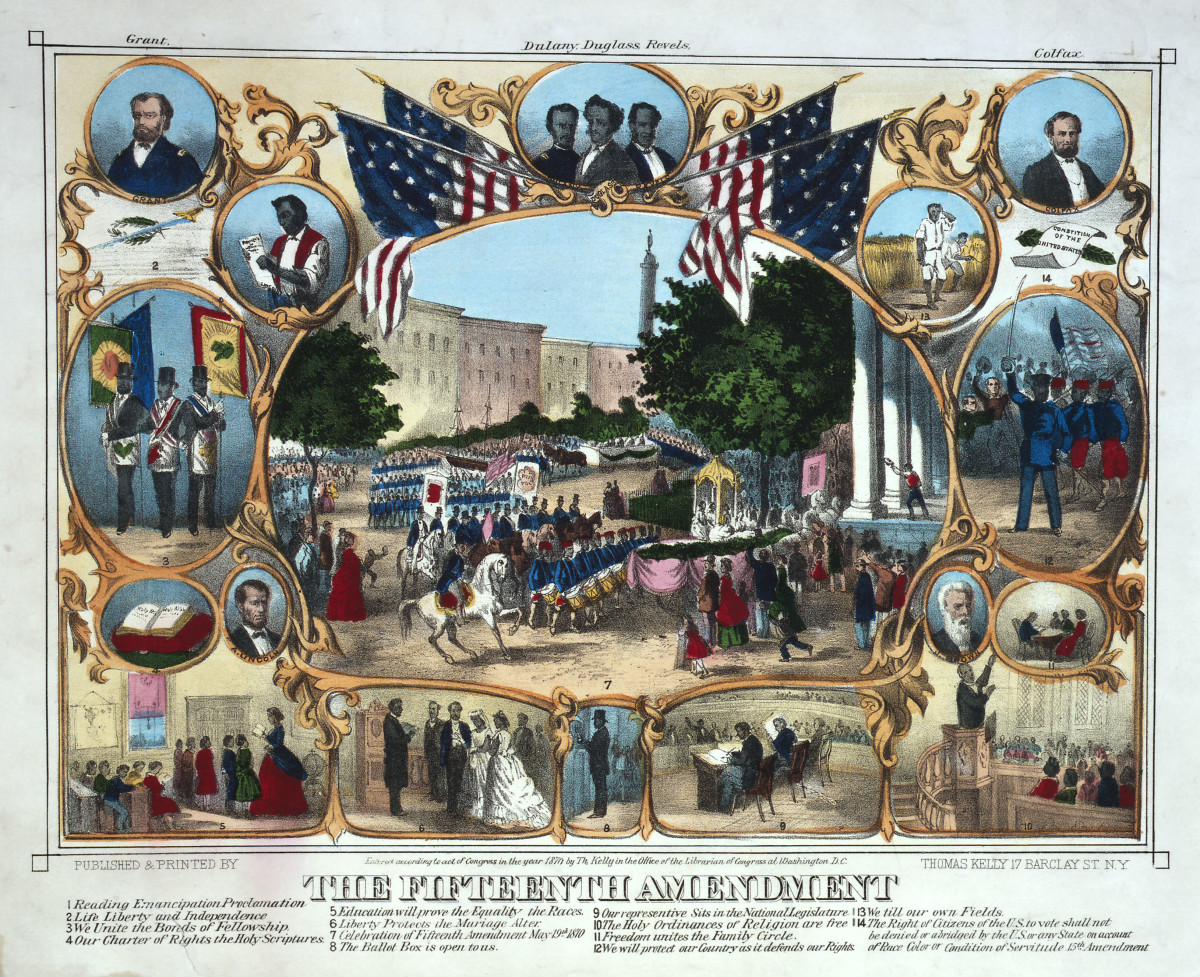
What does the Fifteenth Amendment say?
Section 1:
“The right of citizens of the United States to vote shall not be denied or abridged by the United States or by any State on account of race, color, or previous condition of servitude.”
Section 2:
“The Congress shall have power to enforce this article by appropriate legislation.”

Results of the Fifteenth Amendment
The Fifteenth Amendment gave African American men, including former slaves, the right to vote in the United States. However, this wasn’t so easy in practice.
For the first twenty to thirty years after the amendment was passed, black men did vote in large numbers, and many were elected to political office.
But starting around 1890, Southern states passed laws that made it difficult for black men to exercise their right to vote.
Southern states had large populations of African Americans, and the white Southern population was worried that black voters could change the status quo.
Also Read: Black history facts for kids
These laws included:
Requiring literacy tests- Literacy tests meant that people had to prove they could read in order to vote.
Since slaves had not been allowed to read and write, about 40-60% of African Americans at this time could not read. This prevented many African Americans from being able to vote.

Poll taxes- Poll taxes were fees someone had to pay to vote, and many African Americans could not afford them.
White people often didn’t have to pay the tax because of a “grandfather clause” that said if your grandfather had voted in a previous election, you didn’t have to pay.
Of course, since African Americans had just gained the right to vote, this clause was certainly no help to them.
White Primary Systems- Political parties in many states made their own primary rules and did not permit black people to vote in their primaries.
In addition, black people were often intimidated using threats and violence to stop them from voting.
This process of keeping a certain group of people from voting is called disenfranchisement, and black people (especially in the South) were disenfranchised from around 1890-1965.

Laws Against Disenfranchisement
You may remember that Section 2 of the Fifteenth Amendment says that Congress had the power to enforce the Fifteenth Amendment by passing laws.
So, what did the government do to stop disenfranchisement?
At first, not very much. In the 1903 case Giles v. Harris, the Supreme Court ruled that they did not have the power to force the Southern states to obey the Fifteenth Amendment.

Eventually, they did begin outlawing some practices that made it difficult for black men to vote.
In 1944, for example, the Supreme Court ruled in Smith v. Allwright that black people could not be prevented from voting in primary elections.
The Voting Rights Act
The biggest push to end the disenfranchisement of black voters was the Voting Rights Act of 1965.
The Voting Rights Act was enacted by Congress and signed into law by President Lyndon B. Johnson on August 6, 1965.
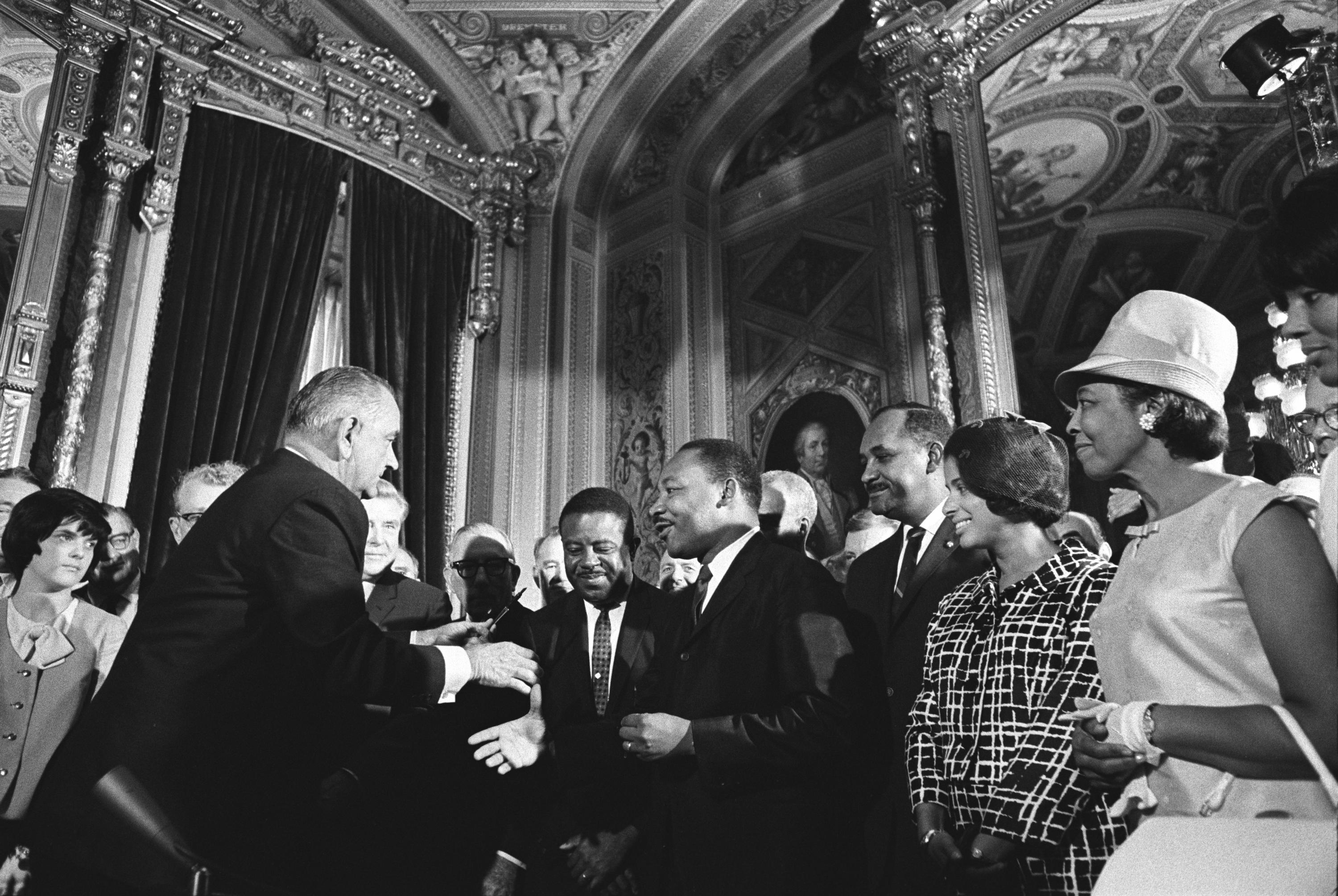
The act banned the use of literacy tests to qualify for voting and authorized the U.S. attorney general to investigate the use of poll taxes.
It also said that the federal government could investigate voter registration in areas where less than half of the non-white population had registered to vote.
Even these laws were not heavily enforced for several years. Some illegal practices were still used to prevent black men from voting.
However, voter turnout did increase after the Voting Rights Act was passed, and it continued to increase in the years that followed.
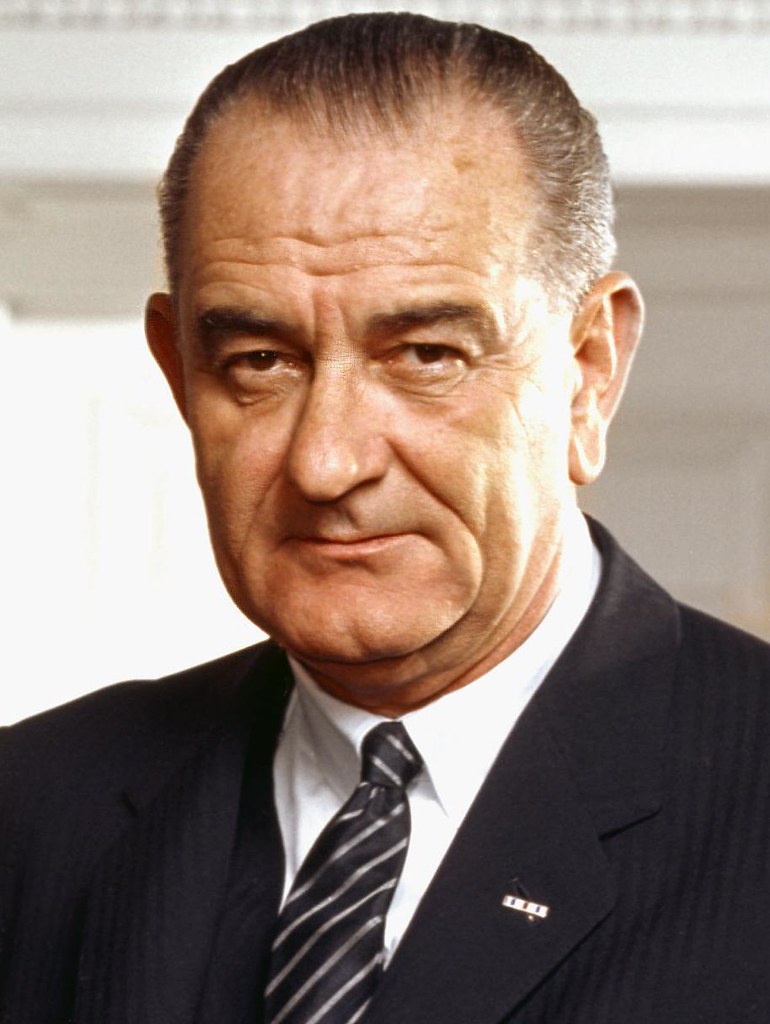
Other Interesting Facts About the Fifteenth Amendment
The first state to ratify the amendment was Nevada,on March 1, 1869. Tennessee didn’t ratify it until 1997.
One day after the amendment was ratified, Thomas Mundy Peterson from Perth Amboy, New Jersey became the first black person to vote under its authority.
The same year the Fifteenth Amendment was passed (1870), Hiram Rhodes Revels from Natchez, Mississippi became the first African American to ever sit in the United States Congress.
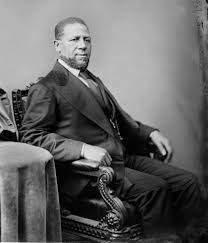
A dozen other black men eventually served in Congress during this period, as well as more than 600 in state legislatures and many in local offices.
Another way white people tried to prevent non-white people from voting was by re-drawing city boundaries.
The city of Tuskegee, Alabama re-drew their boundaries from a square to a “twenty-eight-sided figure” that put nearly all black residents outside of the city boundaries, meaning they couldn’t participate in city elections.
This move was ruled unconstitutional by the Supreme Court.
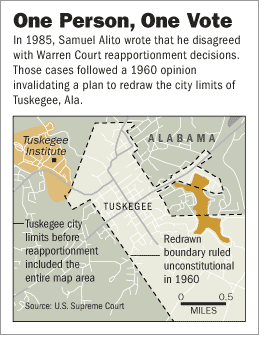
The Twenty-Fourth Amendment, passed in 1964, made poll taxes illegal in federal elections. In 1966, the Supreme Court ruled that poll taxes were also illegal in state elections.
The Fifteenth Amendment shows that amendments can become only words without laws to enforce them.
